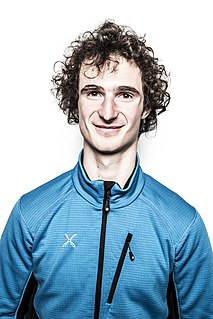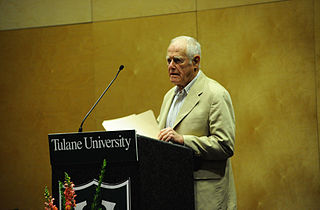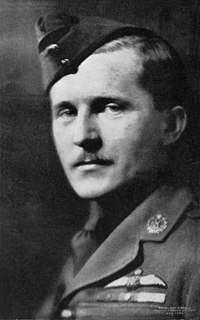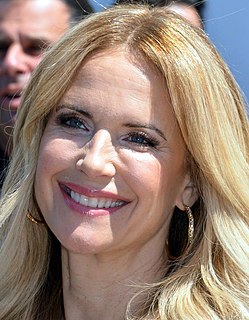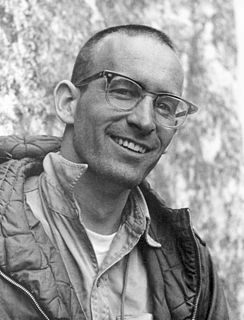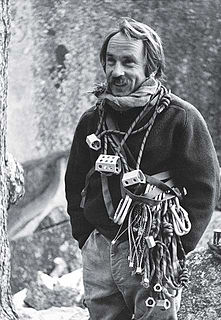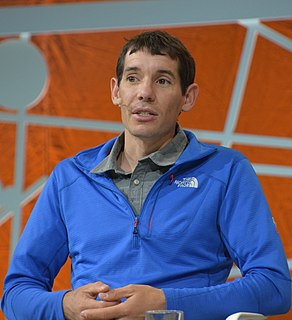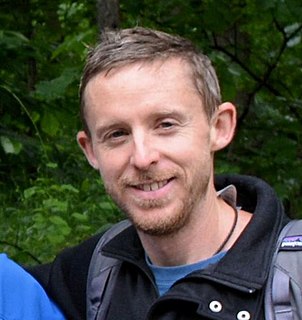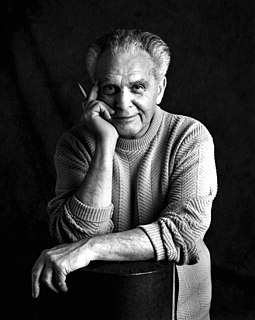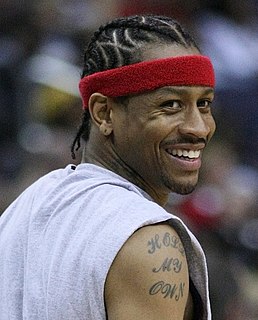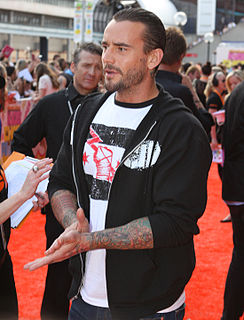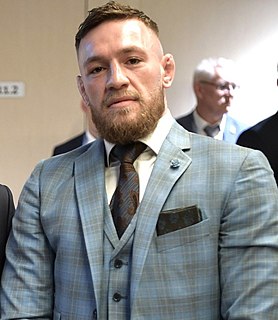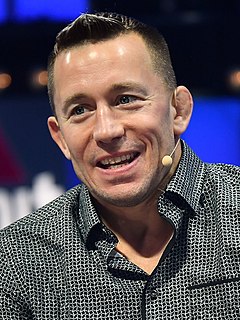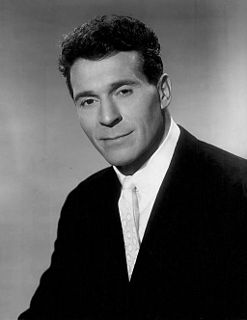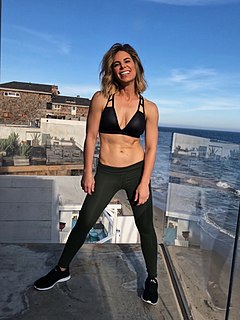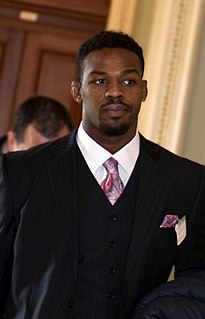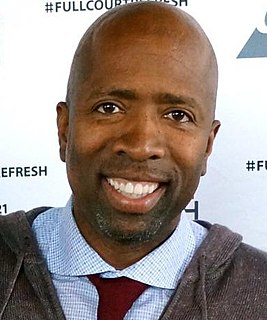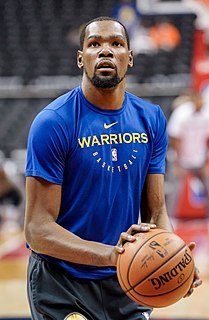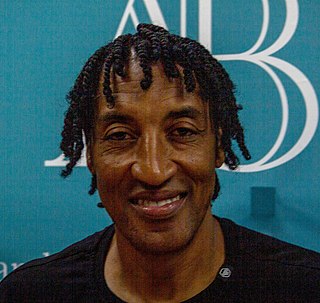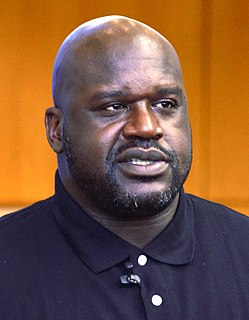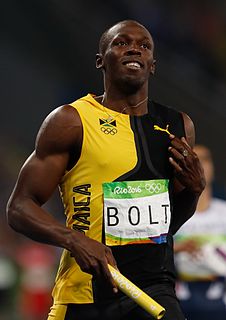A Quote by Adam Ondra
I didn't want to hike to the top of El Capitan and rappel down the route, and start fixing lines. For me it was really important to try to climb it from the ground up at first.
Related Quotes
In climbing, being first-rate is part of the whole enterprise. The important climbers want to be the first man up the mountain, the one who put up the first route. You're usually only remembered if you put up the first route on a very important climb. The route might even be named after you. That's a kind of glory.
If you're climbing big routes that'll take you 16 hours, or, like, El Capitan, you have to take something like a big, robust sandwich. Climbing isn't like running or triathlons, where you have to constantly be eating blocks, gels, and pure sugar. Climbing is relatively slow, so you can pretty much eat anything and digest it as you climb.
In 1977, I climbed a fairly difficult mountain for the first time, which was Mount McKinley, in Alaska. I climbed the so-called 'American Direct Route,' which was a route straight up to the top. I really enjoyed it. Through such experiences, I learned that mountaineering wasn't just about height. I found that different routes have different charms.
Almost all good writing begins with terrible first efforts. You need to start somewhere. Start by getting something-anything-down on paper. A friend of mine says that the first draft is the down draft-you just get it down. The second draft is the up draft-you fix it up. You try to say what you have to say more accurately. And the third draft is the dental draft, where you check every tooth, to see if it's loose or cramped or decayed, or even, God help us, healthy.
